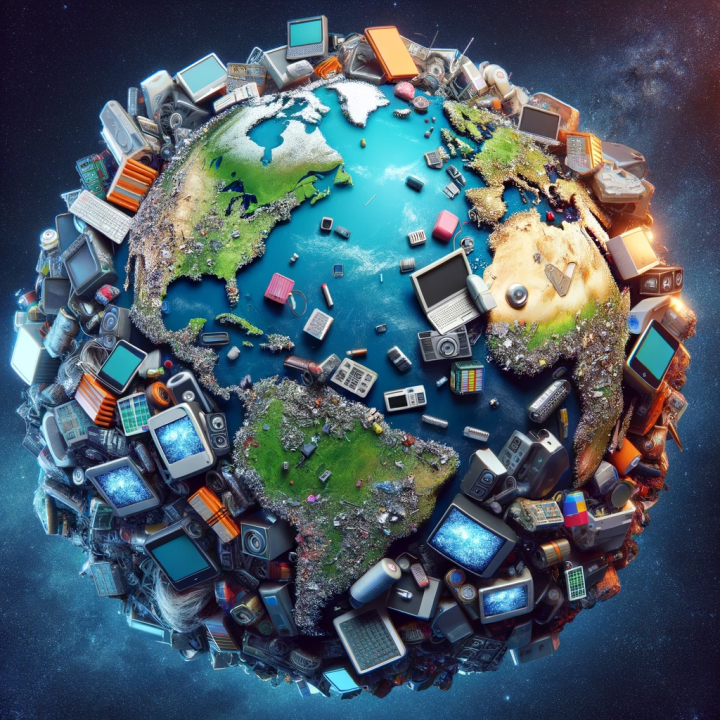The Plastic Wave: How Microplastics Are Threatening Our Health
- GPEC-Green Portugal Environmental Community
- Sep 12, 2024
- 2 min read
Plastic pollution has become one of the greatest environmental challenges of our time. While we often see images of plastic waste littering our oceans and landscapes, an even more dangerous threat is invisible to the naked eye: microplastics. These tiny plastic particles are found in our water, food, and even the air we breathe, raising serious concerns about their impact on human health and the environment.
What Are Microplastics and Where Do They Come From?
Microplastics are tiny plastic particles, usually smaller than 5mm, that originate from various sources, including:
🔹 Broken-down plastic waste – Over time, larger plastic items degrade into microscopic pieces due to exposure to sunlight, wind, and waves.
🔹 Synthetic clothing fibers – When we wash clothes made from polyester, nylon, or acrylic, tiny plastic fibers are released into wastewater.
🔹 Personal care products – Many exfoliating scrubs, toothpaste, and cosmetics contain microbeads, which are washed away into water systems.
🔹 Industrial and agricultural sources – Plastic-based fertilizers, tire wear particles, and factory waste all contribute to microplastic pollution.
How Do Microplastics Affect Human Health?
Microplastics have already been detected in drinking water, seafood, and even human blood. Scientists are still studying their full impact, but potential health risks include:
⚠️ Toxic Chemical Exposure – Plastics contain harmful chemicals like BPA, phthalates, and heavy metals, which can disrupt hormones and cause long-term health issues.
⚠️ Cell Damage and Inflammation – Some studies suggest that ingesting microplastics may cause inflammation and cellular damage, potentially leading to chronic diseases.
⚠️ Digestive and Respiratory Issues – Inhaled or ingested microplastics can accumulate in the body, leading to unknown long-term effects on organs and the immune system.
How Can We Reduce Microplastic Pollution?
While the problem seems overwhelming, there are steps we can take to reduce our plastic footprint and minimize the spread of microplastics:
✅ Choose Natural Fabrics – Opt for clothing made from organic cotton, hemp, or bamboo instead of synthetic materials.
✅ Use a Guppy Bag – Special washing bags can capture microfibers from clothing before they enter wastewater.
✅ Avoid Products with Microbeads – Check labels and avoid cosmetics containing polyethylene (PE) or polypropylene (PP).
✅ Switch to Reusable Products – Reduce single-use plastics by using glass, metal, or biodegradable alternatives.
✅ Support Regulations and Innovations – Advocate for policies that limit plastic production and support scientific efforts to develop biodegradable materials.
A Call for Change
Microplastic pollution is a global crisis that affects not just marine life but also human health. By making small but meaningful changes in our daily lives, we can reduce plastic waste, protect our health, and work toward a cleaner planet.




Comments